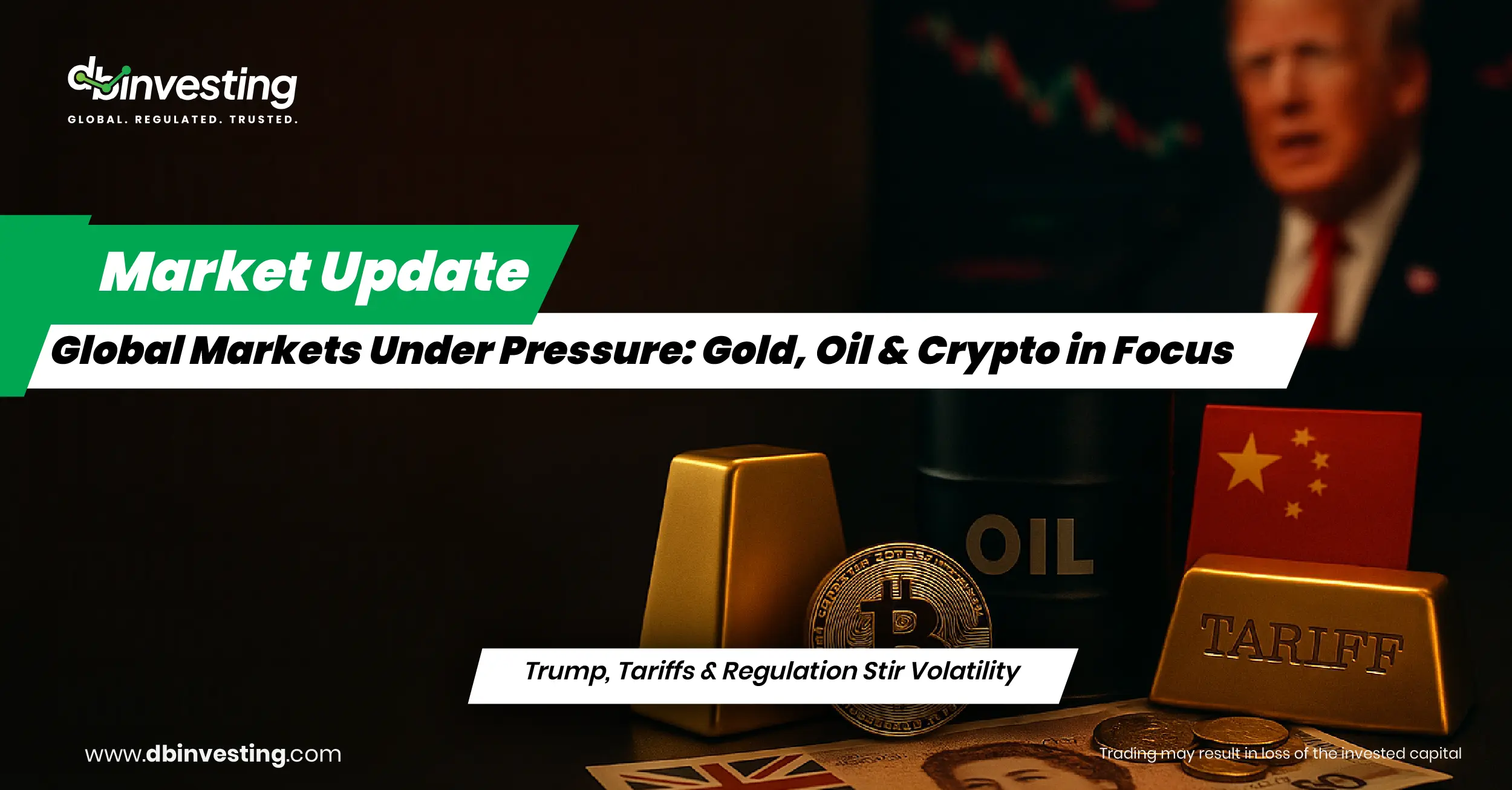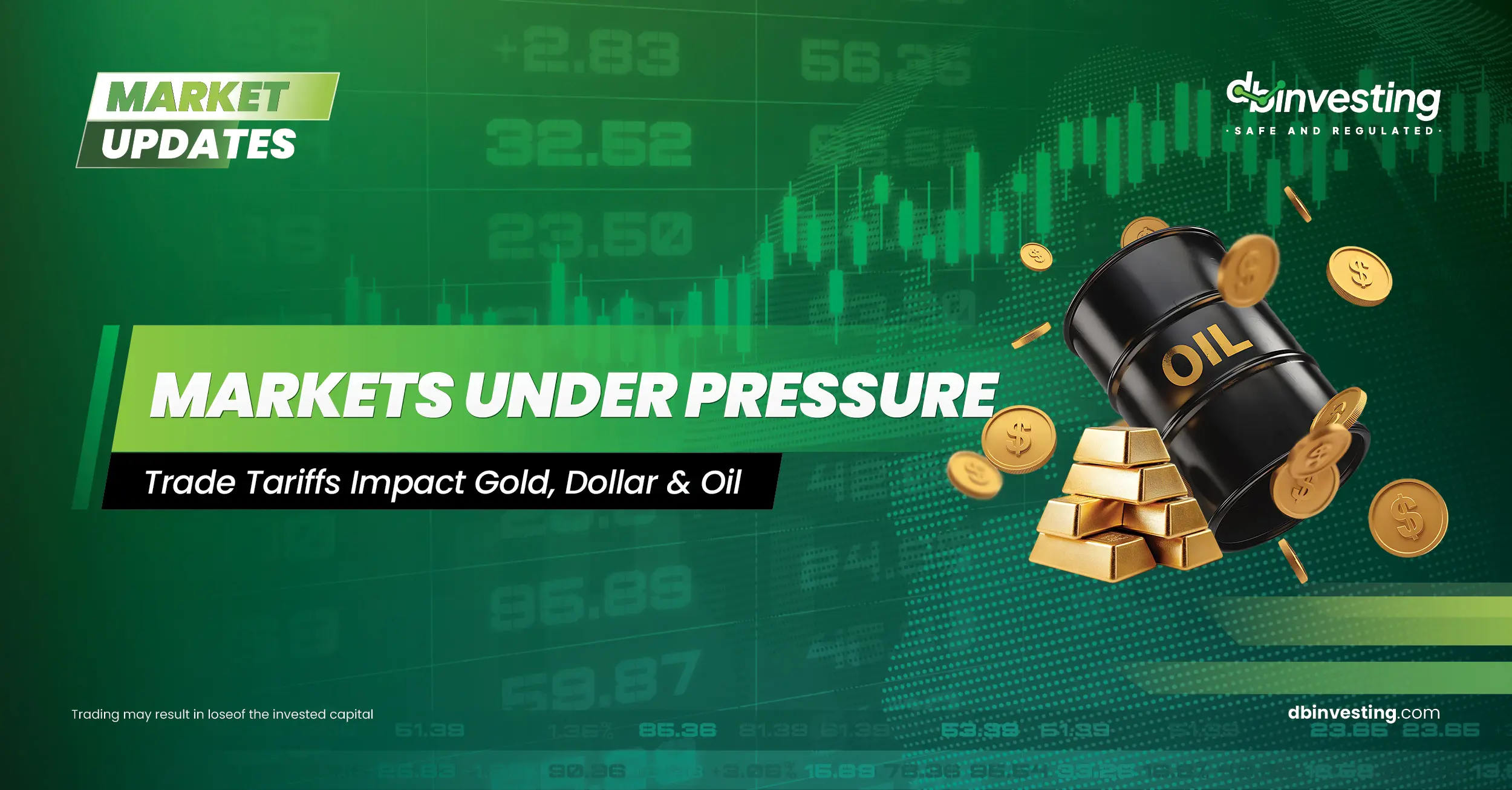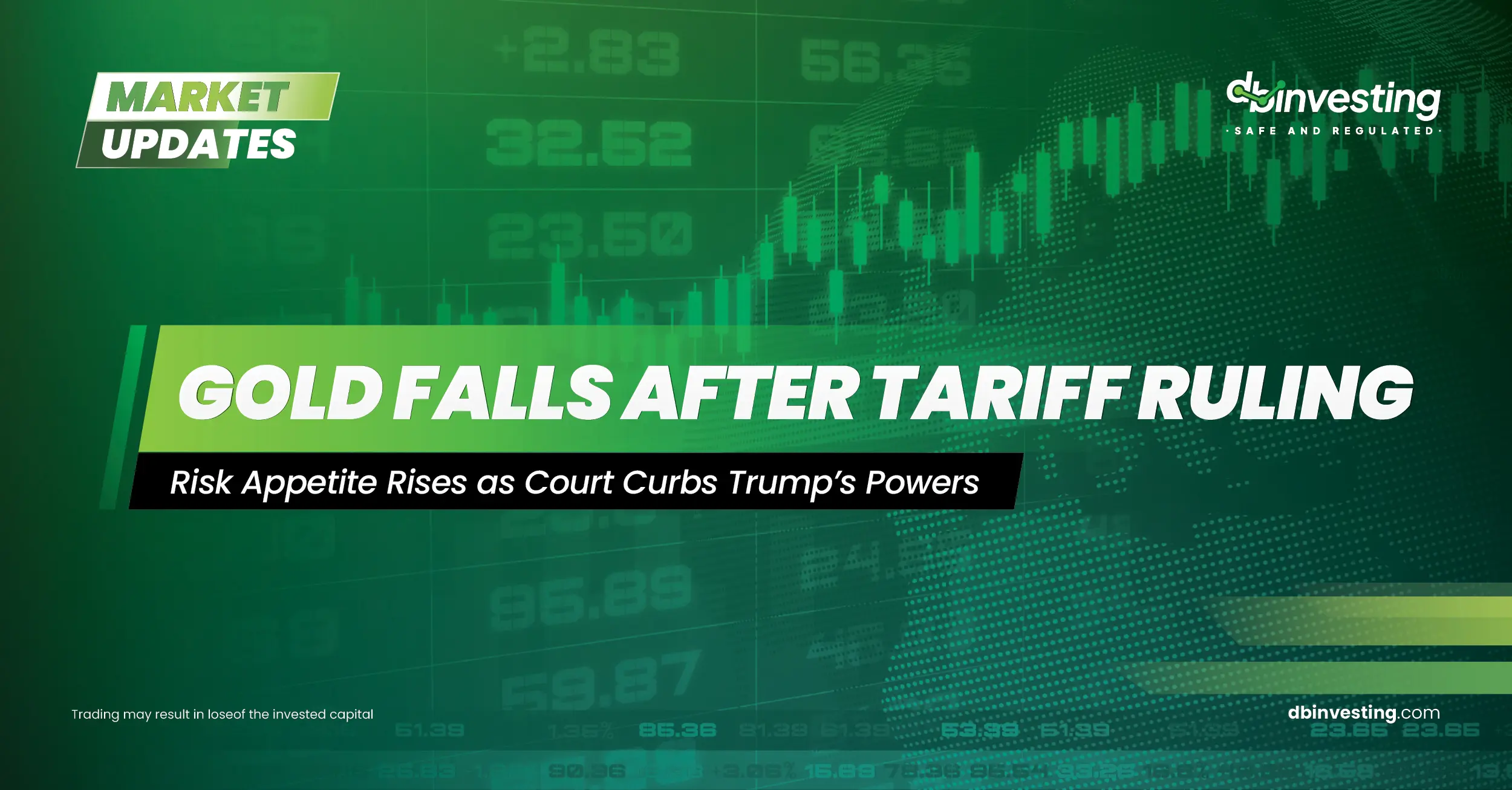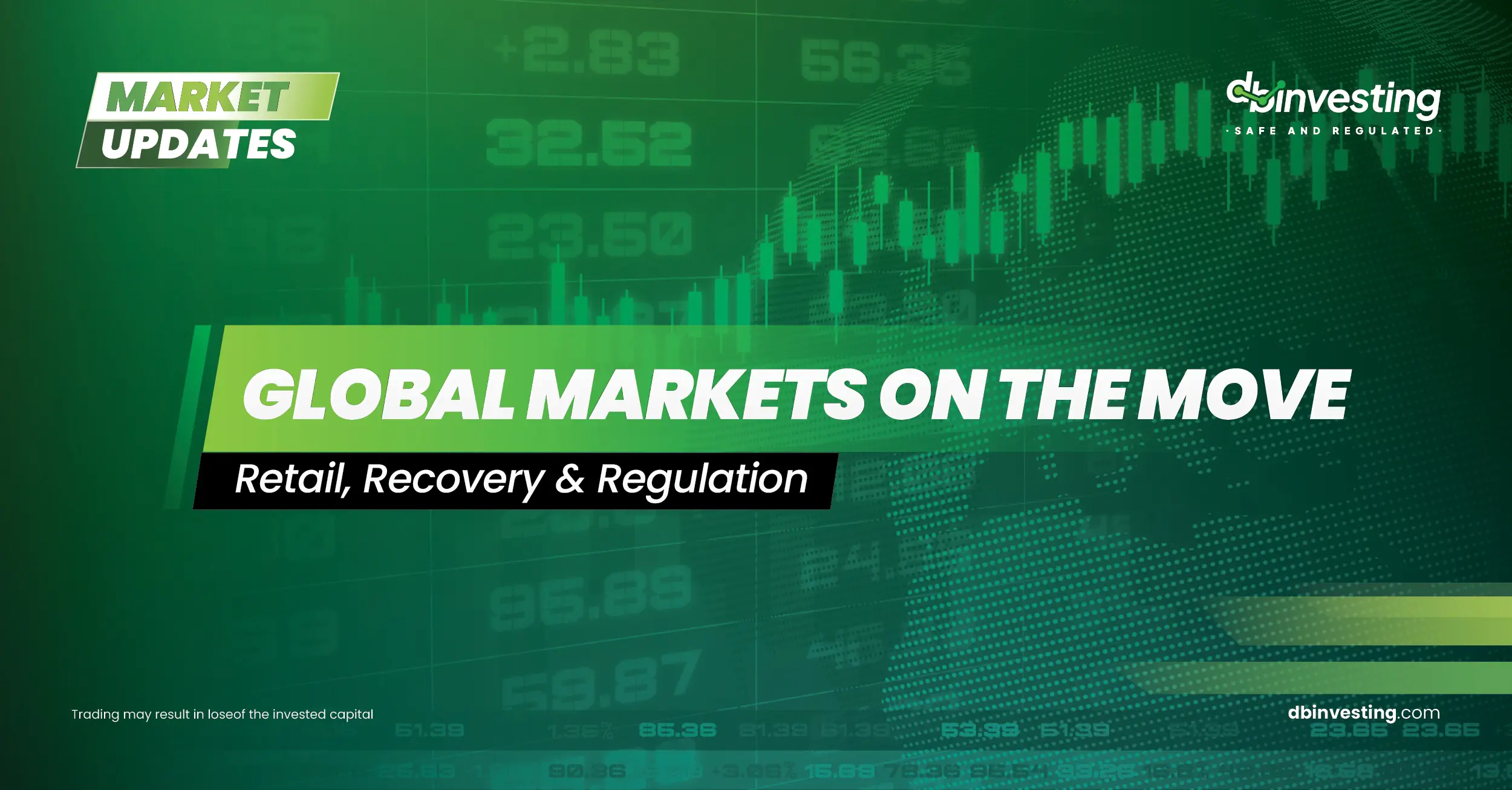Trump, Tariffs & Regulation Stir Volatility
Global financial markets are witnessing heightened volatility, driven by escalating trade tensions and regulatory shifts.
Gold Rises Amid Trade Tariffs & Geopolitical Tensions
Gold prices climbed in Asian trading on Tuesday, fueled by persistent concerns over U.S. President Donald Trump’s trade tariffs, enhancing the demand for safe havens. Adding to this trend, moderate economic data from China supported gold’s momentum.
Heightened geopolitical tensions between Russia and Ukraine also reinforced safe-haven buying. Trump recently sent more weapons to Kyiv and threatened stricter sanctions on Russia’s oil sector.
Gains in gold followed recent sessions of strength, particularly amid uncertainty surrounding Trump’s tariff policies. The latest announcements included 30% tariffs on Mexico and the European Union, with the EU preparing possible retaliatory measures despite Trump signaling openness to negotiations.
Major economies still have over two weeks to finalize trade deals with Washington, keeping markets on edge about a potential renewed global trade war.
Dollar Steady, Eyes on U.S. Inflation Data
The U.S. dollar stabilized after strong recent gains, with markets focused on upcoming Consumer Price Index (CPI) data for June. These figures are expected to reveal further insights into the inflationary effects of Trump’s tariffs.
A stable CPI would give the Federal Reserve less incentive to cut interest rates further, especially amid tariff-driven uncertainty.
China’s Economy Shows Resilience
Data released on Tuesday revealed that China’s economy grew 5.2% year-on-year in Q2 2025, surpassing expectations of 5.1%, buoyed by resilient exports and government stimulus.
Additionally, industrial production rose more than expected in June, while retail sales disappointed slightly, and unemployment held steady at 5%.
Oil Dips on Russia Deadlines & China Data
Oil prices edged lower in Asian markets as traders assessed Trump’s 50-day ultimatum for Russia to end the Ukraine war, coupled with threats of sanctions on Russian oil buyers. Markets also digested key Chinese economic indicators, including GDP and industrial production.
Bitcoin Soars Ahead of U.S. Crypto Legislation
Bitcoin remains in the spotlight this week, hitting new record highs, bolstered by strong ETF inflows and optimism over a friendlier U.S. crypto regulatory environment.
Investor sentiment improved with expectations that the U.S. House of Representatives will discuss significant crypto bills such as the Genius Act, Clarity Act, and Anti-Surveillance State CBDC Act. These bills, endorsed by Trump — who dubbed himself the “Crypto President” — aim to establish clear frameworks for stablecoins, crypto asset custody, and the broader digital finance ecosystem.
Conclusion
Global markets remain on high alert, influenced by trade conflicts, economic data, and the evolving regulatory landscape for cryptocurrencies. Traders and investors alike are navigating a complex web of geopolitical developments and policy shifts that could shape the second half of 2025




